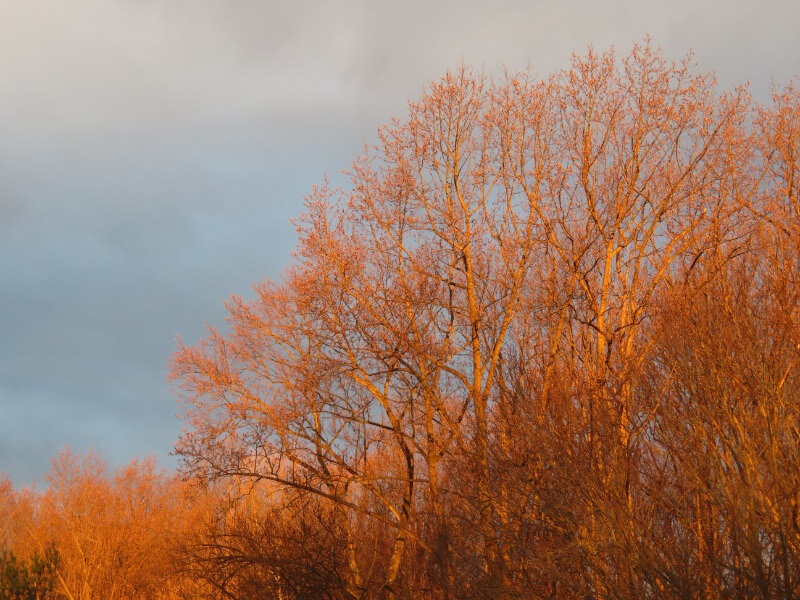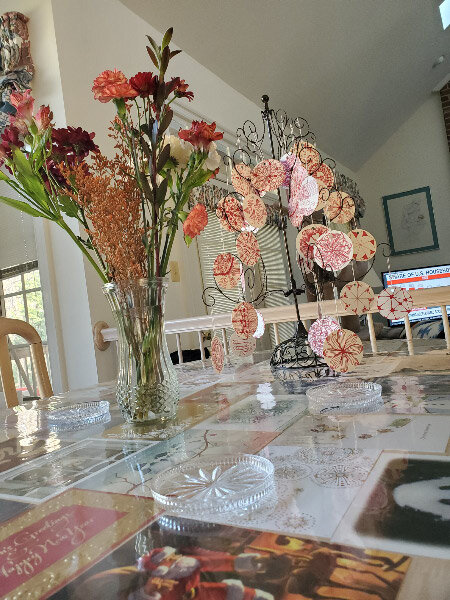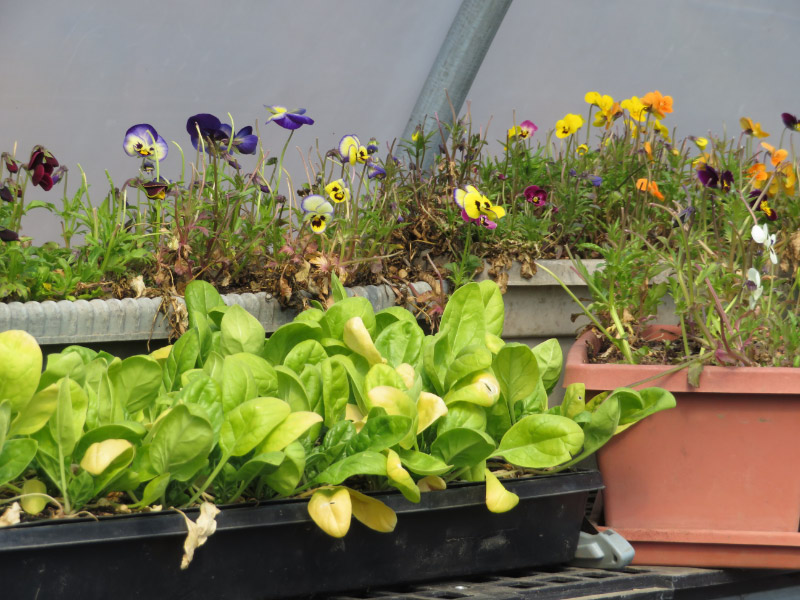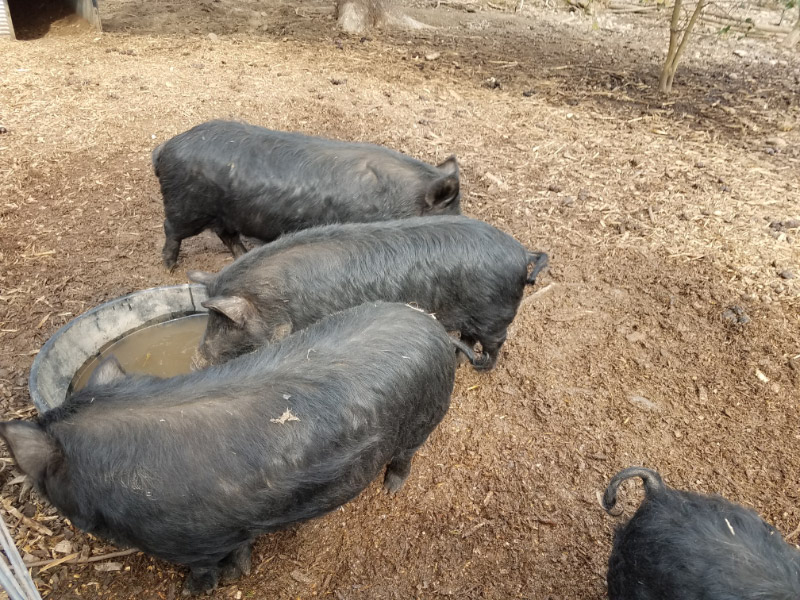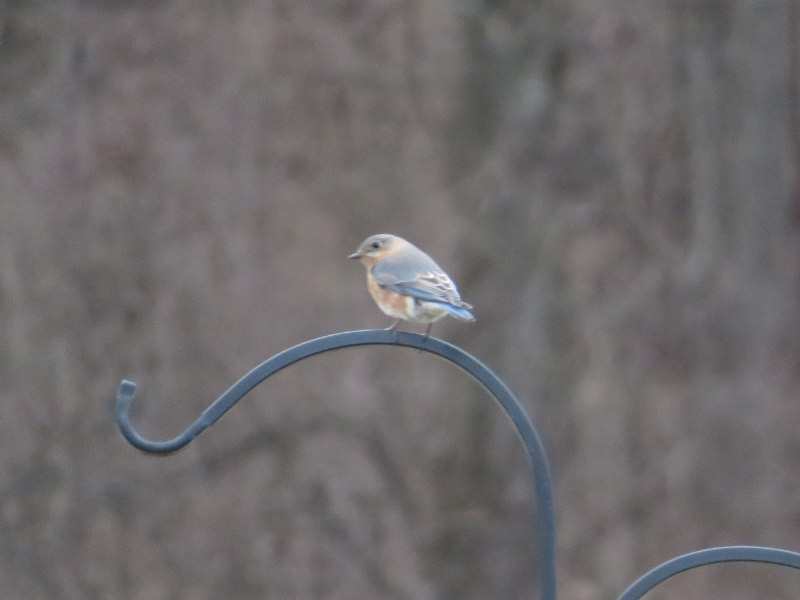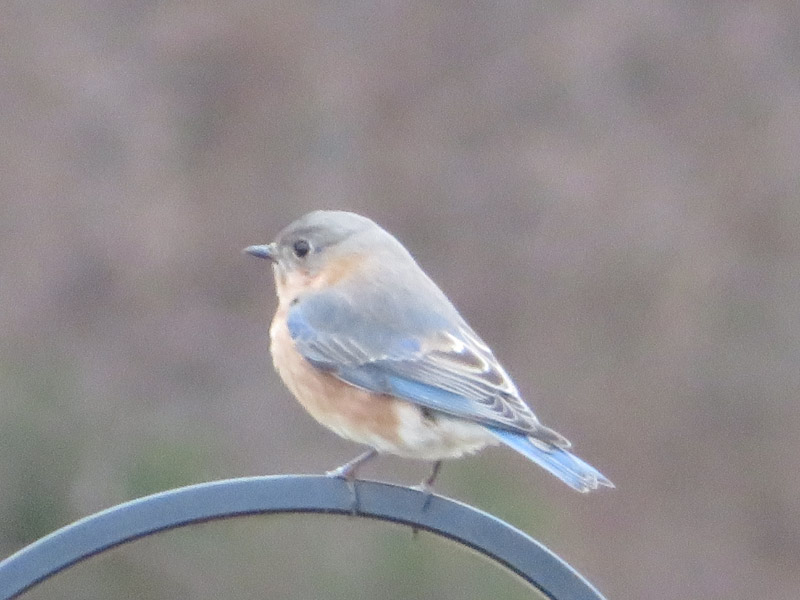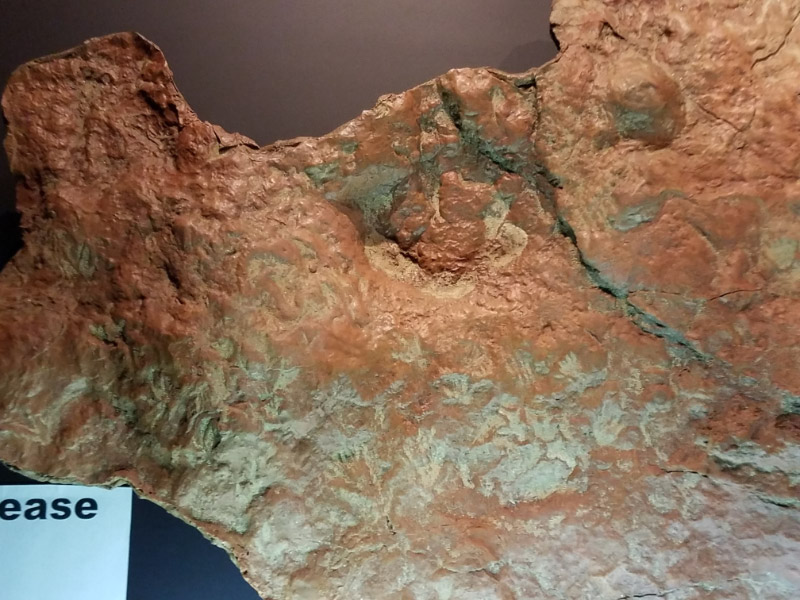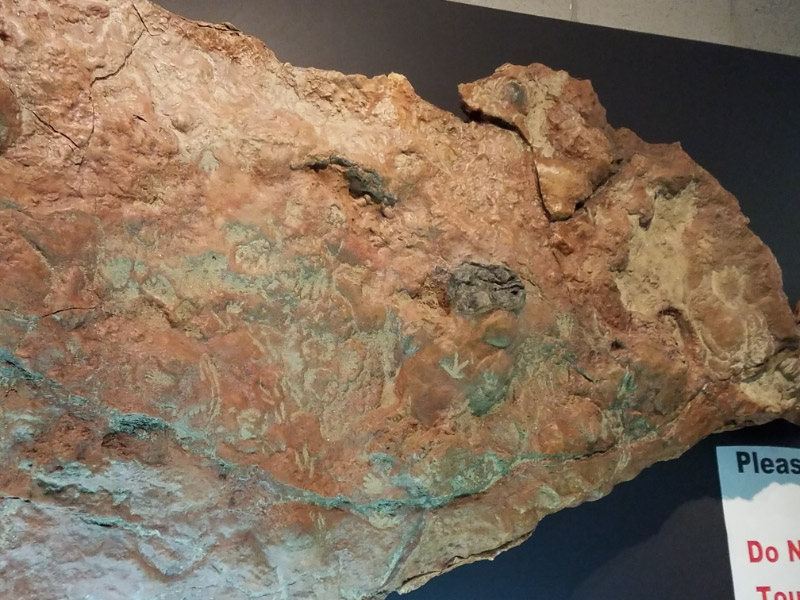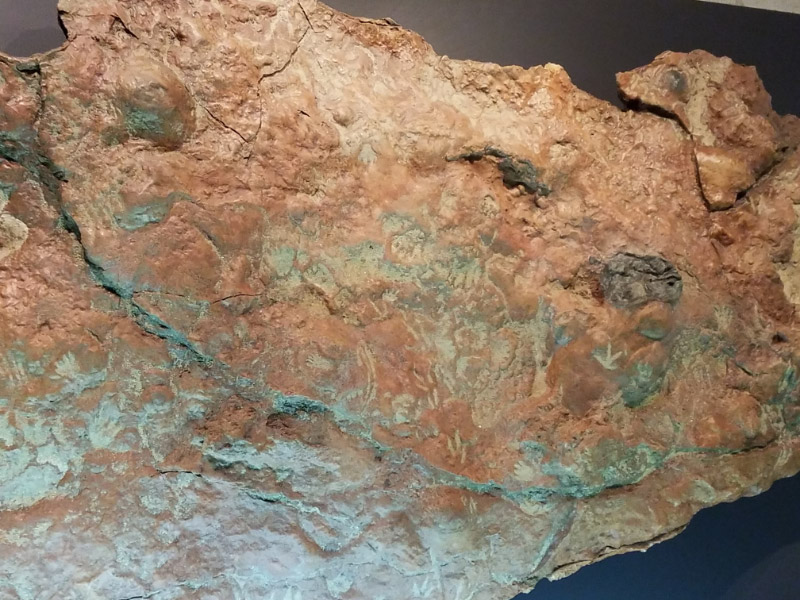Gleanings of the Week Ending September 17, 2022
/The items below were ‘the cream’ of the articles and websites I found this past week. Click on the light green text to look at the article.
Federal flood maps are outdated because of climate change – The challenge of record rainfall events becoming more common and resulting in flooding of places not seen as vulnerable previously.
Hundreds of Monumental “Kites” Spotted in Arabian Desert – Low stone walls that could be enclosures used to guide game for capture/slaughter as early as 8000 BC.
The mystery of the human sacrifices buried in Europe's bogs – Sacrifices or maybe burial for anyone that died mysteriously or unnaturally. I remember being fascinated about the ‘bog bodies’ back in 1970s…buying the book about them by P.V. Glob.
Diet change may make biggest impact on reducing heart risk in people with hypertension – Too bad that the study also found “the availability and affordability of healthy food sources does not easily allow people to follow the DASH diet.” Diets are hard enough to sustain without those extra challenges.
Despite its innocently furry appearance, the puss caterpillar’s sting is brutal – The don’t look vicious….but the hairs have poisonous barbs! There are other caterpillars that also have ‘hairs’ and can deliver painful stings – like the saddleback caterpillars. In general…I avoid handling caterpillars with hairs or bristles!
Cancers in adults under 50 on the rise globally – Earlier detection could account for some of the increase…but it is unlikely to be the sole reason. 8 of the 14 cancers on the rise are related to the digestive system. With those types of cancers, the hypothesis is that the food we eat has changed dramatically and has changed our microbiome composition…and eventual these changes influence disease risk and outcomes. There is still a lot of work to be done but it appears that the drastic rise in early onset cancer began around 1990.
The biggest myths of the teenage brain – Hopefully some of these findings will be factors in decision making for things like high school hours and how to help teenagers better understand themselves.
NREL Study Identifies Opportunities & Challenges of Achieving the U.S. Transformational Goal of 100% Clean Electricity by 2035 – No single solution….having multiple pathways to the goal is probably a good thing.
Arctic lakes are vanishing a century earlier than predicted – Warmer temperatures and more abundant autumn rainfall have caused permafrost around/beneath Arctic lakes to melt…and the lakes shank between 2000 to 2021. The reduction in lakes impacts migratory birds and other wildlife…and human communities in the Arctic.
Fall Foliage Prediction Map – My road trips this fall will offer many opportunities to see fall foliage: 1st week in October in Michigan and Canada, the rest of October around Missouri, then Texas later in October into November.











